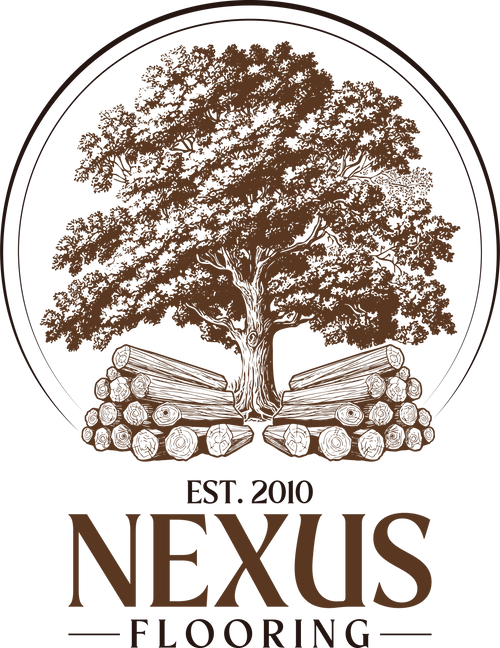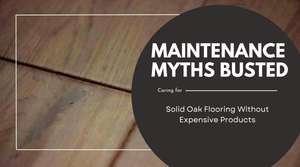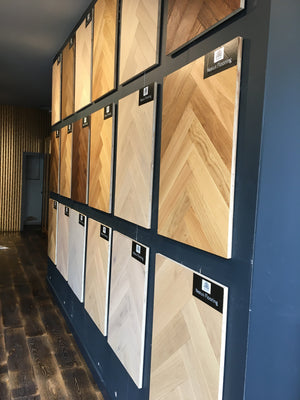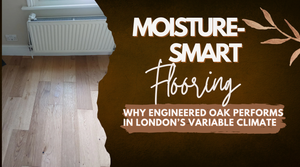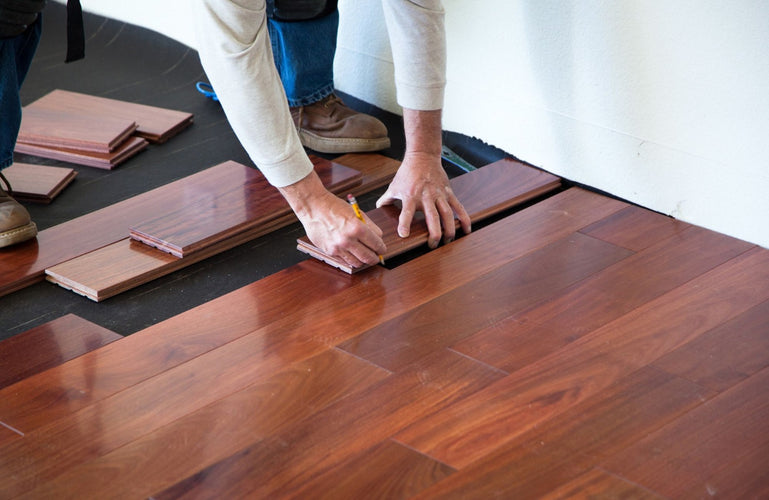Engineered wood flooring tries to import the hardwood beauty into your home perhaps with added durability and stability. However, even the hardest floors require care. Improper cleaning of engineered wood flooring can cause permanent damage, dullness, or expensive repairs. If you are a new homeowner or simply want to better care for your floor, this guide will take you through the very basics of what you should do and should not to keep engineered wood, looking new, shiny, and able to last.
What Makes Engineered Wood Flooring Unique?
Engineered wood flooring is basically hardwood as the top layer, or wear layer, bonded to several layers of plywood or high-density fiberboard. This layered construction offers good stability and makes it resistant to moisture and temperature changes, unlike solid hardwood are.
However, being somewhat durable, engineered wood isn't downright impermeable to water or resistant to wear and tear. Therefore, the very correct way of cleaning and products to apply on it are essential in caring for the surface whilst maintaining the beauty of the surface and extending its lifetime.
The Do’s of Cleaning Engineered Wood Flooring
1. Regularly sweep or vacuum the floors.
If agents of dirt, dust, or debris remain on the floor, then the surface of engineered wood may scratch. Sweeping with a soft-bristled broom or vacuuming with the appropriate attachment for hardwood floors is a gentle way of cleaning the floor. Cleaning every day or every other day works wonders.
2. Damp? Mop Away!
Moisture finds way into engineered flooring through a variety of means and poses a biggest threat to this material. Microfiber mop mopping is a way of doing it with the idea of making sure it is not soaked fully after wringing out from water, as the water should not stand on the surface after the mop is used.
3. Cleaners for Engineered Wood Floors
Always ensure to use pH-neutral or specifically formulated wood floor cleaners. This cleaning method will neither leave residues nor cause damage to the finish. Staid or acidic cleaners are your enemies.
4. Mopping will never form a perfect shield against spills!
Although engineered wood is somewhat water-resistant as opposed to solid wood, the presence of water may cause surface warping, swelling, or staining with the passage of time. Hence, any spills should be wiped off immediately with a soft dry cloth.
5. Do Protect High-Traffic Areas
Place rugs or mats in high-use areas like entryways, kitchens, or hallways. Just make sure they are non-slip and don’t have rubber backing, which can trap moisture underneath and damage your flooring.
The Don’ts of Cleaning Engineered Wood Flooring
1. Avoid Using Steam Cleaners
Steam cleaners may appear the easy way, but they carry too much heat and moisture. It is harmful to the very surface of engineered wood as heat can weaken the adhesives, and engineered boards can warp or separate.
2. Avoid Water Everywhere
There is an eternal fight between water and engineered wood. Water is the permanent enemy of an engineered floor. Mopping with water from a bucket is just a big No, and leaving any water standing around is another big No! The water can creep through the seams and cause easy swelling and delamination.
3. Don't Use Abrasive Scrubbers or Harsh Chemicals
Stay away from steel wool, scouring pads, and abrasive cleaners. These will scratch or wear away the finish on your engineered flooring. Also, avoid any cleaning agents with bleach, ammonia, or vinegar as their base.
4. Don't Ignore Manufacturer Instructions
Always adhere to the care guidelines outlined by your flooring manufacturer. The wrong products or methods could void the warranty or cause actual floor damage.
5. Don’t Drag Furniture Across the Floor
Dragging furniture can leave deep scratches and dents. Always lift items when moving them and use felt pads on the bottoms of furniture legs to protect the engineered wood surface.
Bonus Tips for Engineered Wood Floor Maintenance
Maintain Indoor Humidity: Engineered wood does better in controlled indoor environments. Maintain humidity levels between 35% and 55% to ensure the flooring does not excessively expand or contract.
Use Furniture Pads: Felt or rubber pads on furniture legs prevent scratching and disperse weight evenly.
Recoat When Needed: If your engineered floor starts looking dull, rather than doing a full refinish, consider recoating it. Only a floor with a wear layer thick enough-the usual measure is 3mm or more-can be sanded and fully refinished.
Keep Pet Nails Trimmed: A pet is family, but those nails can be love-hate for the floor. Keep claws trimmed to avoid scratches.
Final Thoughts
Modern-age engineered wood flooring comes to an interesting cleaning challenge- all easier yet simply very important. With normal care and by following these basic tips, your floor can resist premature wear and keep its look for years to come.
Remember, while engineered flooring possesses the beauty of a genuine wood floor while offering structural stability, it needs care. Follow only approved cleaning methods, maintain discouragement from water damages, and look out for periodic maintenance, all to have a great time on your engineered wood floors.
